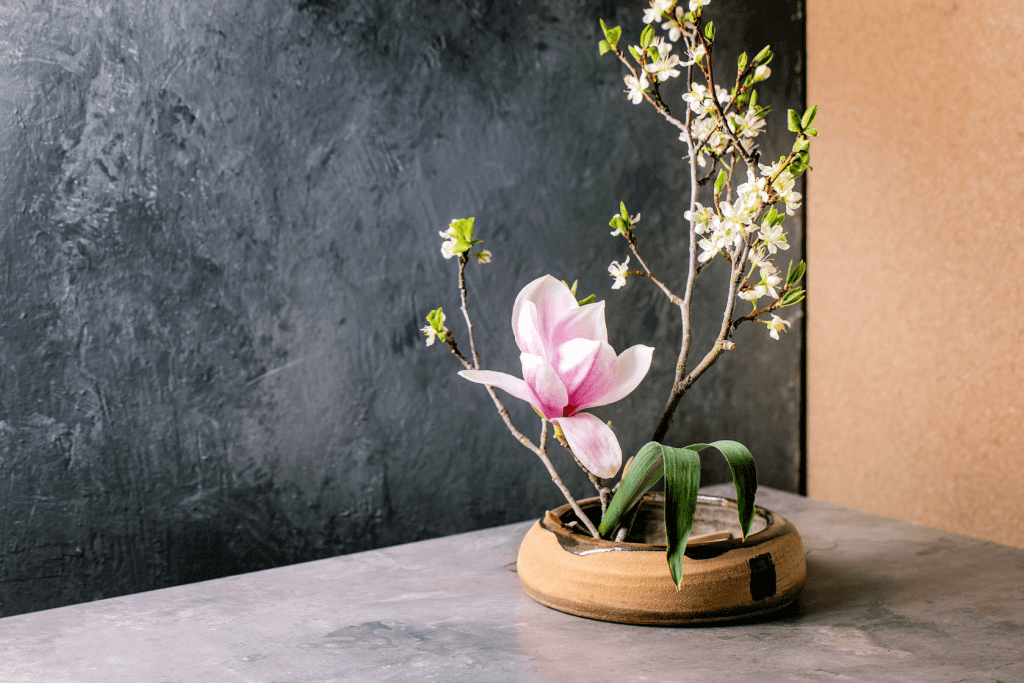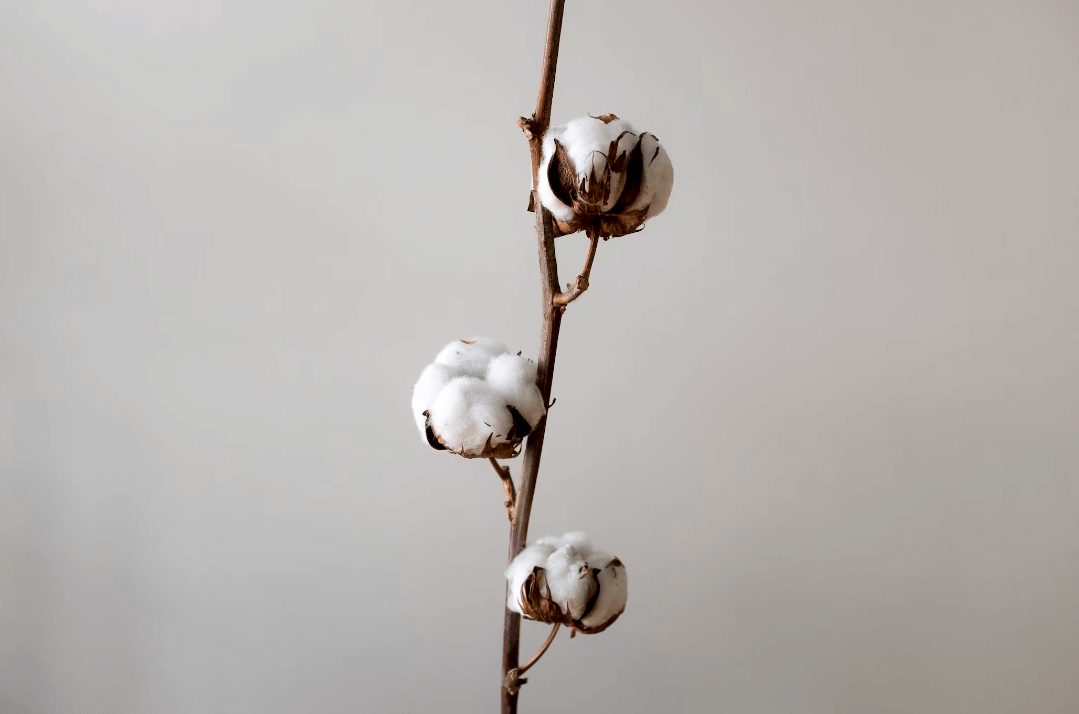
Ikebana, the traditional Japanese art of flower arrangement, is a practice that goes beyond merely placing flowers in a vase. It’s a profound art form that embodies the essence of simplicity, balance, and harmony. If you want to inspire your friend to create a lovely ikebana craft, you can flower delivery in Baltimore, Spain, or Australia through our partner MyGlobalFlowers.
In this article, we will delve into the world of Ikebana and explore how it allows individuals to find harmony in floral arrangements. send flowers to Canada
A History of Ikebana
Ikebana, which means “living flowers” or “arranging flowers,” has a rich history dating back over six centuries. It originated in Japan during the Muromachi period (1336-1573) as a Buddhist ritual of offering flowers to honor the spirits of the dead. Over time, it evolved from a religious practice into a refined art form enjoyed by people from all walks of life.
The Philosophy of Ikebana
At the heart of Ikebana lies a deep appreciation for nature and a reverence for the beauty of impermanence. Unlike Western floral arrangements that often aim for a lush and full look, Ikebana seeks to capture the essence of a moment, emphasizing minimalism and balance.
The philosophy of Ikebana can be summarized in three main principles:
Minimalism and Simplicity:
Ikebana encourages the use of a limited number of flowers and branches, focusing on their natural beauty. Each element should be carefully chosen and placed to create a harmonious composition.
Balance and Harmony:
Ikebana places a strong emphasis on achieving balance in the arrangement. This balance may take the form of asymmetry, where one side of the arrangement contrasts with the other, creating a sense of dynamic equilibrium.
Connection to Nature:
Ikebana practitioners believe in the importance of connecting with nature and the changing seasons. Arrangements often reflect the season in which they are created, with the choice of flowers and branches carefully selected to evoke a particular mood.
Styles of Ikebana
Ikebana has several distinct schools, each with its unique style and approach to floral arrangement. Some of the most well-known schools include:
Ikenobo:
Founded by Senkei Ikenobo in the 15th century, this is the oldest and most traditional school of Ikebana. It emphasizes classic forms and techniques.
Sogetsu:
This school, founded in the 20th century by Sofu Teshigahara, encourages creative freedom and experimentation in Ikebana. It’s known for pushing the boundaries of traditional floral arrangement.
Ohara:
Founded by Unshin Ohara in the early 20th century, this school often uses shallow containers and emphasizes the natural growth patterns of plants.
Creating an Ikebana Arrangement
Creating an Ikebana arrangement is a meditative process that requires careful thought and intention. Here are the basic steps to creating your own Ikebana arrangement:
Selecting Materials:
Choose the main elements for your arrangement, including the “shin” (heaven), “soe” (earth), and “hikae” (man). These represent heaven, earth, and humans, respectively.
Preparing the Container:
Ikebana containers, known as “kensui,” come in various shapes and sizes. Choose one that complements your selected materials.
Basic Structure:
Begin by establishing the basic structure of your arrangement. The “shin” should be the tallest and placed in the center, while the “soe” and “hikae” create balance and harmony.
Balance and Asymmetry:
Ikebana often incorporates elements of asymmetry. Experiment with different angles and placements to achieve a sense of dynamic equilibrium.
Trimming and Cutting:
Trim and cut your plant materials as needed to achieve the desired proportions and balance.
Final Touches:
Pay attention to the finer details, such as the angles of your branches and the positioning of your blooms. Ikebana is a highly detailed art form.
Ikebana is not just about arranging flowers; it’s about finding a connection to nature, embracing simplicity, and creating a sense of harmony and balance. Whether you are a seasoned practitioner or a beginner, the art of Ikebana offers a unique and contemplative way to explore the beauty of the natural world. So, why not try your hand at Ikebana and discover the profound sense of tranquility it can bring to your life through the delicate beauty of floral arrangements?












